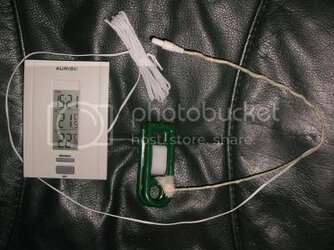- Joined
- Mar 14, 2012
- Location
- India
Hi, I've got a pretty basic rig with an i3 2100, Intel DH61WW, two sticks of ram, single hard drive and no GPU. I have a basic case with only a few fan slots available, but I managed to make some extra slots somehow. What I now have is - 2 rear slots (one higher and other at bottom), two side slots (one higher and other at bottom) and one front slot (higher) (all higher slots are at level with cpu cooler). What will be the best fan placement for this cabinet? I wish to bring idle cpu temp from 47 C to ~42 C. Also, the psu is top mounted.
